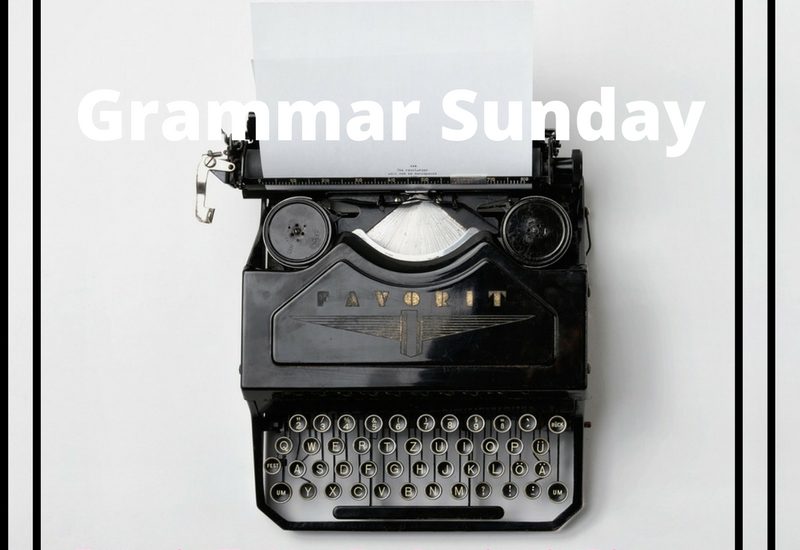Grammar Sundays: When To Use The Oxford Comma In A List By: Stephanie Dionne


The Oxford, or Serial, comma is one of the most controversial rules of grammar. There are those who swear by it for clarity’s sake, some who want to eliminate it altogether, and others who just don’t know how to use it.
While the Oxford comma did, in fact, get its name from its use in the Oxford University Press, it is a myth that that is where it was “invented.” The use of the last comma in a list, usually appearing before “and,” dates all the way back to the late 1400s and William Caxton, the first printer of books (Factmyth.com, n.d.).
Here’s an example of how it works:
Today, at the grocery store, I have to buy: apples, oranges, cheese, and bread.
As is customary, the commas separate all of the units in a list. When each unit only has one part, it’s easy. Where people get confused is when the units mean something completely different alone versus together.
Today, at the grocery store, I have to buy: Apples, oranges, cheese, bread, peanut butter, and jelly.
Notice that the commas are still separating all of the units. But, without the Oxford comma before “and” at the end, one might assume that they are to buy peanut butter and jelly, the sandwich, not the two components separately.
FactMyth.com. (n.d.) The Oxford Comma. Retrieved from: www.factmyth.com/factoids/the-oxford-comma-came-from-oxford-university/
Ciao Bello!
Stephanie



